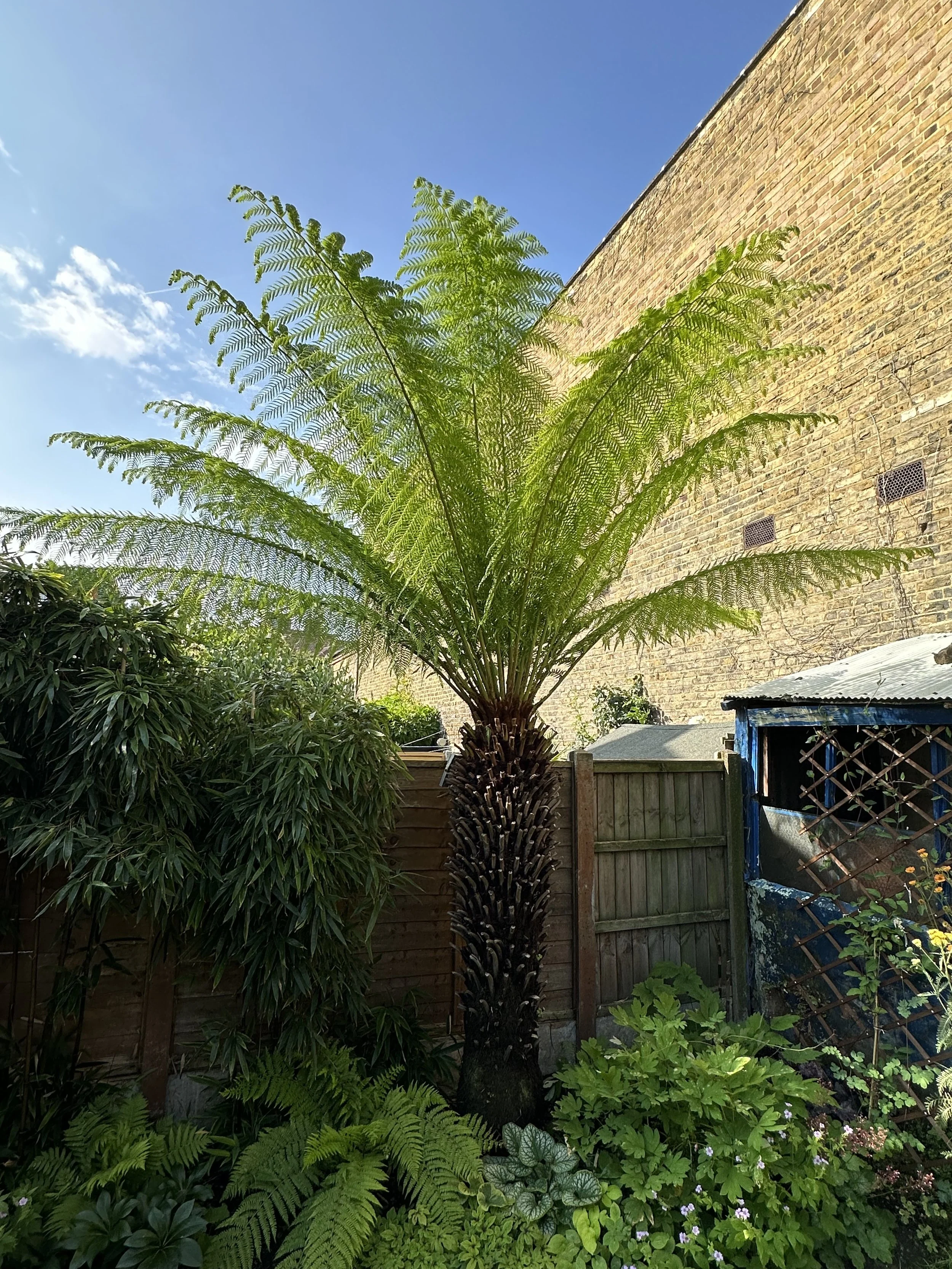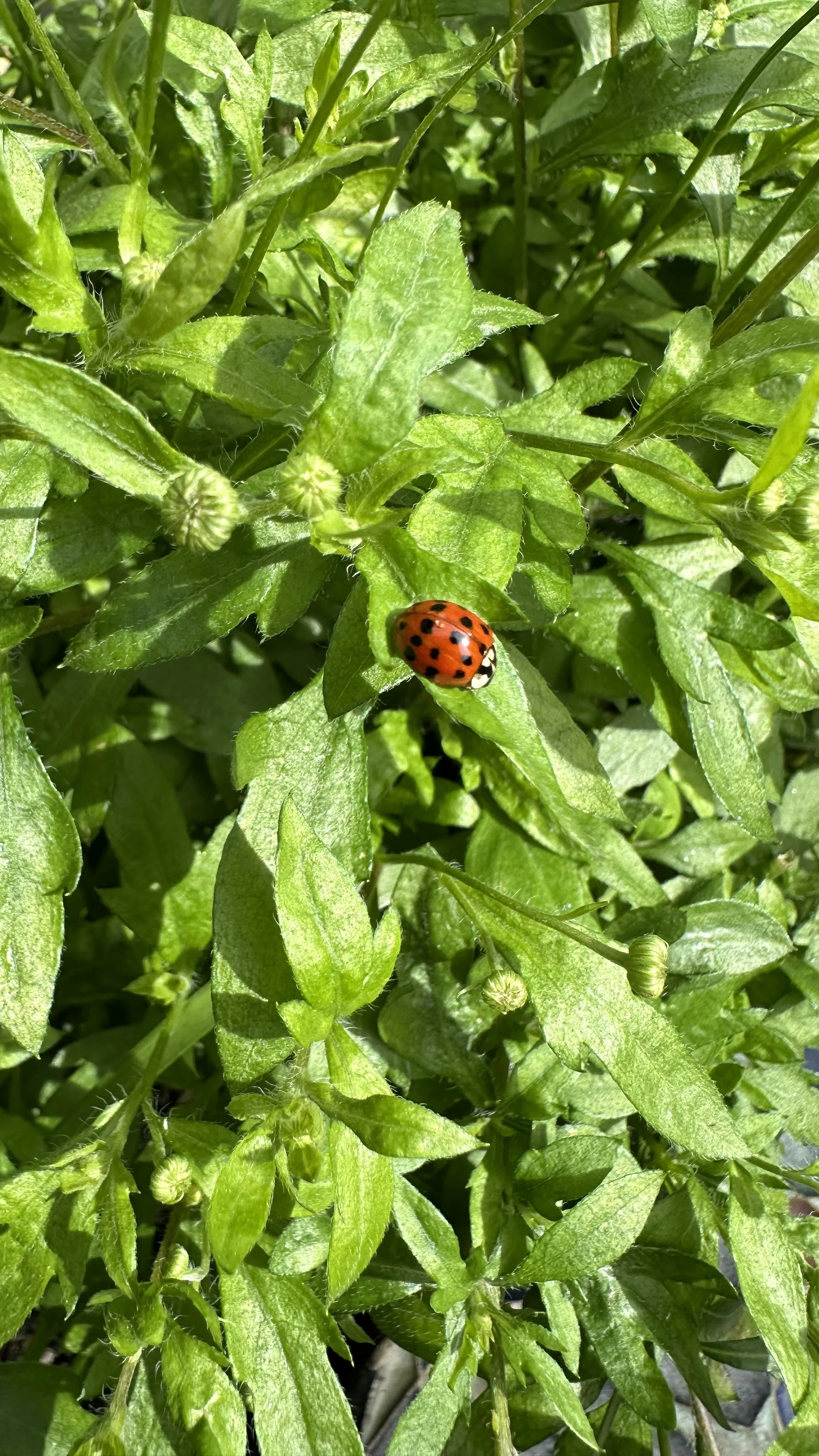Growing Thyme from Seed: How to Plant and Harvest
This article has links to products that I may make commission from.
In the world of herb gardening, growing thyme from seed stands out as a particularly rewarding journey.
Beginning with tiny thyme seeds, you can watch in wonder as they evolve into flourishing thyme plants.
These plants not only offer culinary benefits but can also play a role in garden ecology, such as serving as cover crops to enrich the soil or protect other plants.
With this guide, learn more about the role of thyme as cover crops, its flowering beauty, and the multitude of benefits it brings to your garden.
Packed with essential information, tips, and tricks, this guide is your go-to source for all things thyme.
To learn more about growing thyme, check out my guide:
To learn more about herb gardening, check out my guides:
Edible Beauty: The 10 Best Flowering Herbs
Seed Starting for Thyme
1. Selecting Your Thyme Seeds:
Here are the three types of thyme I recommend growing:
Common Thyme (Thymus vulgaris):
Why:
Often referred to simply as "thyme," Thymus vulgaris is the classic garden variety that's most frequently used in the kitchen.
Its leaves are small but packed with a potent, aromatic flavor that complements a wide range of dishes.
Growth Habits:
This evergreen perennial is hardy and can endure various weather conditions, making it suitable for different climates.
Culinary Uses:
Essential for seasoning poultry, soups, stews, and more.
Its dried form is also a key component of the Herbes de Provence spice mix.
Here are the Common Thyme seeds I recommend growing:
Lemon Thyme (Thymus x citriodorus):
Why:
As the name suggests, lemon thyme offers a delightful citrus scent and flavor, making it a unique addition to both your garden and kitchen.
Growth Habits:
Lemon thyme has a sprawling growth pattern with variegated or green leaves.
It's a hardy plant but prefers slightly more moisture than other thyme varieties.
Culinary Uses:
Its zesty flavor is perfect for chicken, fish, and salads. It's also a refreshing addition to herbal teas.
Here are the Lemon Thyme seeds I recommend growing:
Creeping Thyme (Thymus serpyllum):
Why:
Beyond its culinary uses, creeping thyme is often grown for ornamental reasons.
It's a low-growing, ground-covering plant that produces a carpet of tiny, fragrant flowers which can range from pink to purple.
Growth Habits:
This type is drought-tolerant once established and can be used to fill gaps between stepping stones, in rock gardens, or as a lawn substitute in some regions.
Culinary Uses:
While not as aromatic as common thyme, it can still be used in cooking, adding a mild thyme flavor to dishes.
Here are the Creeping Thyme seeds I recommend growing:
2. Soil Preparation:
Thyme prefers a light, well-draining soil. Mixing organic compost with your garden soil in order to provide the nutrients the seeds need to germinate and grow.
If you're opting for container gardening, purchase compost designed for herbs or vegetables.
Check out my guide to The Best Compost for Vegetable Gardens.
Here is the organic compost I recommend for growing thyme:
3. Germinating Thyme Seeds:
Temperature:
Thyme seeds germinate best at a soil temperature of around 70°F (21°C).
This temperature ensures optimal germination rates and healthy seedling growth.
Planting Depth:
Thyme seeds are tiny and should be sown shallowly.
Sprinkle the seeds over the soil surface and cover them lightly with a fine layer of soil or vermiculite.
Here is the vermiculite I recommend:
Moisture:
Keep the soil consistently moist but not waterlogged.
Using a spray bottle to mist the surface can help maintain the right moisture level without disturbing the seeds.
For more watering tips, check out my guide How Often to Water Seedlings.
4. Indoor Seed Starting:
Growing thyme from seed indoors allows for a controlled environment, especially in regions with extreme weather conditions.
Containers:
Use seed trays, pots, or even recycled containers.
Here is my favorite seed starter tray (with humidity dome):
Light:
Once seeds have germinated, they require plenty of light.
Place them in a greenhouse, a sunny windowsill or under grow lights for 12-14 hours a day.
These are the best indoor grow lights:
Transplanting:
Once your thyme seedlings have grown a couple of true leaves and are sturdy enough to handle, they can be transplanted into larger pots or directly into the garden.
5. Outdoor Seed Starting:
For gardeners wondering how to plant thyme seeds outdoors:
Timing:
Plant after the danger of frost has passed and when soil temperatures have warmed up.
Spacing:
Sprinkle the seeds over the prepared area and cover lightly with soil.
When seedlings are large enough to handle, thin them to about 6-8 inches apart.
6. Growth Indicators:
In about 14-28 days post planting, you should see tiny thyme seedlings emerging from the soil.
This is a sign that your seeds have successfully germinated. Ensure they receive adequate light and moisture as they continue to grow.
To learn more about growing from seed, check out my guide:
Did you know that thyme is a natural deterrent to keep cats out of your garden?
Check out my full guide: Plants That Deter Cats: A Natural Solution to Keep Cats at Bay
Caring for Thyme Seedlings and Plants
1. Lighting and Sun Exposure:
Seedlings:
Thyme seedlings require ample sunlight to develop strong stems and healthy foliage.
If you started your seeds indoors and they aren't receiving sufficient natural light, you might notice them becoming leggy as they stretch towards the light source.
To counteract this, use grow lights placed close to the seedlings, ensuring they get about 12-14 hours of light a day.
These are the best indoor grow lights.
Mature Plants:
As your thyme transitions from a seedling to a mature plant, its need for sunlight remains paramount.
Position your thyme in a spot where it can get at least 6-8 hours of full sun daily.
This is essential for the production of the aromatic oils that give thyme its distinctive flavor.
2. Watering Needs:
Seedlings:
It's essential to keep the soil consistently moist but not waterlogged.
A gentle misting or careful watering with a watering can will prevent the tiny seedlings from being disturbed.
Mature Plants:
Thyme is drought-tolerant once established.
However, while it prefers drier conditions compared to other herbs, it's vital to water it when the top inch of the soil feels dry to the touch.
For this, you can use rainwater collected from a water butt. Overwatering can lead to root rot, so ensure good drainage.
3. Soil and Fertilizing:
Thyme thrives in well-draining soil with a neutral to slightly alkaline pH.
Consider mulching around your thyme with organic matter, like compost or straw, to retain moisture and suppress weeds.
While it's not a heavy feeder, a light application of an organic, balanced fertilizer in the spring can give your plants a boost.
Here is the balanced fertilizer I recommend using:
4. Companion Planting with Thyme:
Thyme makes an excellent companion plant due to its aromatic properties, which can repel certain pests.
Vegetables:
Plant thyme near tomatoes, potatoes, and brassicas like cabbage and broccoli.
Its scent can deter cabbage worms and tomato hornworms.
Herbs:
Basil, rosemary, and cilantro are good neighbors for thyme.
Herbs like rosemary have similar sunlight and watering requirements.
5. Pruning and Encouraging New Growth:
Regular pruning not only shapes your thyme plant but also promotes bushier growth.
As the seasons transition from spring to summer, pinch off the tips of the stems.
This encourages branching and results in a fuller plant.
If your thyme starts to look woody or leggy, consider giving it a more substantial trim, cutting back up to a third of its size.
6. Pests and Diseases:
Thyme is generally pest-resistant due to its aromatic oils.
However, like all plants, it's not entirely immune. Keep an eye out for spider mites and aphids.
If you spot any, a gentle spray with insecticidal soap or neem oil can be beneficial.
Proper spacing and ensuring good air circulation can prevent fungal diseases.
Want to learn more about growing herbs? Check out my guides:
Harvesting Thyme
1. Optimal Harvesting Time:
When to Harvest:
The best time to harvest thyme for optimal flavor is just before it starts to flower.
This is when the concentration of essential oils in the leaves is at its peak, ensuring you get the most aroma and flavor from your thyme.
Regular Harvesting:
Regularly harvesting thyme encourages new growth and prevents the plant from becoming too woody.
This means you can enjoy fresh thyme throughout the growing season.
2. How to Harvest Thyme:
Early Morning Harvest:
To capture the essential oils at their best, consider harvesting in the early morning after the dew has dried but before the sun becomes too hot.
Method:
Use clean, sharp scissors or pruning shears to snip stems and leaves.
It's best to cut about a third of the branches when harvesting, which promotes new growth while leaving enough of the plant intact to recover and flourish.
Here are the pruning shears that are perfect for the job:
3. Storing and Preserving Thyme:
Fresh Thyme:
Freshly harvested thyme can be stored in the refrigerator.
Place the cut stems in a glass of water, like a bouquet, and cover the leaves with a loose plastic bag.
Alternatively, wrap the thyme in a damp paper towel and place it inside a plastic bag.
Drying Thyme:
To dry thyme, bundle the stems together and hang them upside down in a warm, dry, and well-ventilated area.
Once dried, strip the leaves from the stems and store them in an airtight container.
Learn more in my guide How to Store Dried Herbs: Tips to Ensure they Last Longer.
Freezing Thyme:
Another preservation method is freezing.
Spread the leaves on a baking sheet, freeze, and then transfer them to airtight containers or bags.
To learn more about starting an herb garden, check out my guide:
Want to learn more about growing herbs? Check out my guides:
FAQs
Can I grow thyme in containers or pots?
Absolutely!
Thyme is a perfect candidate for container gardening.
Ensure your pot has adequate drainage and use a well-draining soil mix.
This is particularly useful for gardeners with limited space or those who wish to grow thyme indoors.
Growing thyme in pots is a popular choice among urban gardeners.
How long does it take for thyme to grow from seed?
Thyme seeds typically germinate in 14-28 days under optimal conditions.
After germination, the plant will continue to grow and mature, usually becoming ready for harvesting in 6-8 weeks.
The full maturation can take a few months, depending on the growing conditions.
Can thyme survive the winter?
Thyme is a hardy perennial in many zones, which means it can survive winter months, especially if given some protection like mulch.
However, in particularly cold regions, it may benefit from being grown in pots and brought indoors during the harshest winter months.
How can I propagate thyme besides growing from seed?
Thyme can be propagated in various ways besides seeds.
Stem cuttings involve taking a segment from a healthy plant, preparing it, and rooting it in suitable soil.
Layering encourages a stem still attached to the parent plant to develop roots by burying a part of it in the ground.
Meanwhile, division entails splitting a mature thyme plant into several sections and replanting them.
What does a thyme plant look like when it flowers?
Thyme produces small, delicate flowers that can range in color from white to pink or lavender, depending on the variety.
Flowering thyme is not just attractive but is also a magnet for beneficial insects like bees.
Learn more in my guide Edible Beauty: The 10 Best Flowering Herbs.











































